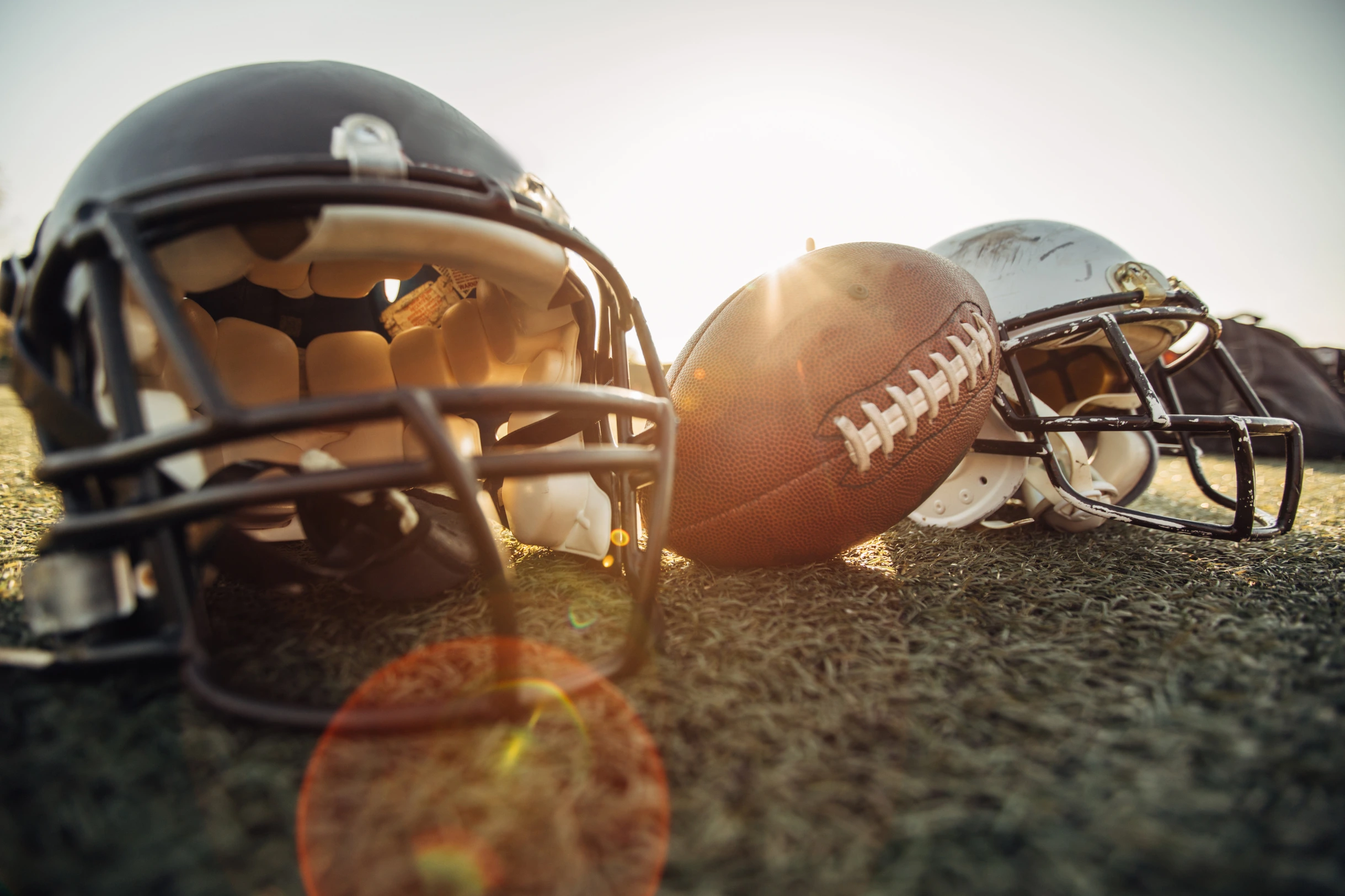Fantasy football has exploded in popularity, with over 50 million people participating in fantasy sports leagues across North America. If you’re new to the game, the thought of your first fantasy football draft can feel overwhelming. Don’t worry – with the right strategy and preparation, you can build a championship-caliber team even as a beginner.
Understanding Fantasy Football Basics Before Your Draft
Before diving into draft strategy, it’s crucial to understand how fantasy football works. You’ll build your fantasy team by drafting real NFL players and collecting points based on their performance in games. . Most standard leagues require you to start one quarterback, two running backs, two wide receivers, one tight end, one flex player (RB/WR/TE), one defense, and one kicker each week.
The draft order typically reverses each round (snake draft), meaning if you pick first in round one, you’ll pick last in round two. This balances the advantage of early picks throughout the draft.
Essential Pre-Draft Preparation Strategies
Research Player Rankings and Projections
Start by studying expert consensus rankings from reputable fantasy football sites. These rankings aggregate projections from multiple analysts, providing a solid baseline for player values. Pay attention to both overall rankings and positional rankings to understand where each player stands relative to their peers.
Know Your League Settings
League scoring systems vary significantly. Some leagues award six points for passing touchdowns while others give four. PPR (points per reception) leagues make pass-catching running backs and slot receivers more valuable. Understanding your specific league settings helps you adjust your draft strategy accordingly.
Mock Draft Extensively
Practice makes perfect in fantasy football drafts. Participate in several mock drafts to become acquainted with draft flow, player values, and other scenarios. Mock drafting helps you recognize value picks and avoid reaching for players too early.
Proven Draft Strategies for Fantasy Football Success
The Zero RB Strategy
This controversial but effective approach involves waiting on running backs while loading up on wide receivers early. Running backs have higher injury rates and more volatile production, making this strategy appealing in deeper leagues where quality RB depth exists on waivers.
Robust RB Strategy
In contrast, other experts suggest drafting running backs early and frequently. Elite running backs generally have safer floors owing to frequent touches, making them desirable in standard scoring leagues. Consider drafting two quality running backs in the first four rounds using this approach.
Best Ball vs. Redraft Considerations
Best ball leagues eliminate weekly lineup decisions – your highest-scoring players automatically start. This format emphasizes depth over top-heavy rosters. Traditional redraft leagues require more strategic roster construction with attention to bye weeks and matchup planning.
Position-Specific Draft Tips and Player Evaluation
Quarterback Draft Strategy
Quarterbacks score the most fantasy points but show less variation between top and middle-tier options. Wait until rounds 8-12 to draft your quarterback unless an elite option falls significantly. Stream quarterbacks based on matchups rather than reaching early for big names.
Running Back Value and Scarcity
Running back is often considered the scarcest position due to injury concerns and committee approaches. Target running backs with clear three-down roles and goal-line opportunities. Avoid running backs in crowded backfields unless they’re significantly discounted.
Wide Receiver Depth and Upside
Wide receiver offers the deepest talent pool, making it easier to find value in later rounds. Prioritize target share, red zone looks, and quarterback quality when evaluating receivers. Young receivers on ascending teams often provide excellent value.
Tight End Streaming vs. Elite Options
Only a handful tight ends regularly deliver great stats every week. Consider drafting Travis Kelce or Mark Andrews early if available, or wait and stream matchup-based options throughout the season.
Common Beginner Mistakes to Avoid
Don’t draft athletes based purely on their name recognition or previous performance. Avoid picking defenses and kickers until the late rounds.Resist the urge to draft your favorite team’s players if they don’t offer good value. Stay flexible with your strategy based on how the draft unfolds.
Advanced Tips for Draft Day Success
Handcuff Strategy
Draft backup running backs who would become valuable if the starter gets injured. This insurance policy protects your investment in high-drafted running backs.
Bye Week Management
Avoid drafting multiple players with the same bye week, especially at key positions. Plan ahead to ensure you can field a competitive lineup every week.
Late-Round Sleepers
Research second and third-year players poised for breakouts. These sleeper picks in rounds 10-15 can provide league-winning value if they hit their potential.
Conclusion
Success in fantasy football drafts comes from preparation, flexibility, and understanding value. Focus on researching player projections, practicing through mock drafts, and staying adaptable on draft day. Remember that drafting is just the beginning – active waiver wire management and smart lineup decisions throughout the season matter just as much as your initial roster construction.
Start preparing early, trust your research, and don’t overthink every pick. With these foundational strategies, you’ll be well-equipped to compete in your fantasy football league from day one. The key is balancing proven strategies with your own instincts as you gain experience in the fantasy football community.
Frequently Asked Questions
Q: When should I draft my quarterback?
A: Most experts recommend waiting until rounds 8-12 unless an elite QB falls significantly. The position has good depth and streaming options.
Q: How many running backs should I draft?
A: Aim for 4-5 running backs total. The position has high injury rates, and depth becomes crucial as the season progresses.
Q: Should I draft a defense early?
A: No, wait until the final rounds. Defensive scoring is unpredictable, and streaming defenses based on matchups often works better.
Q: What’s the best draft position?
A: Early picks (1-4) typically perform well, but middle positions (5-8) offer more flexibility in snake drafts.
Q: How do I handle bye weeks during the draft?
A: void drafting multiple key players with the same bye week. Spread your bye weeks across different weeks to maintain lineup flexibility throughout the season.





